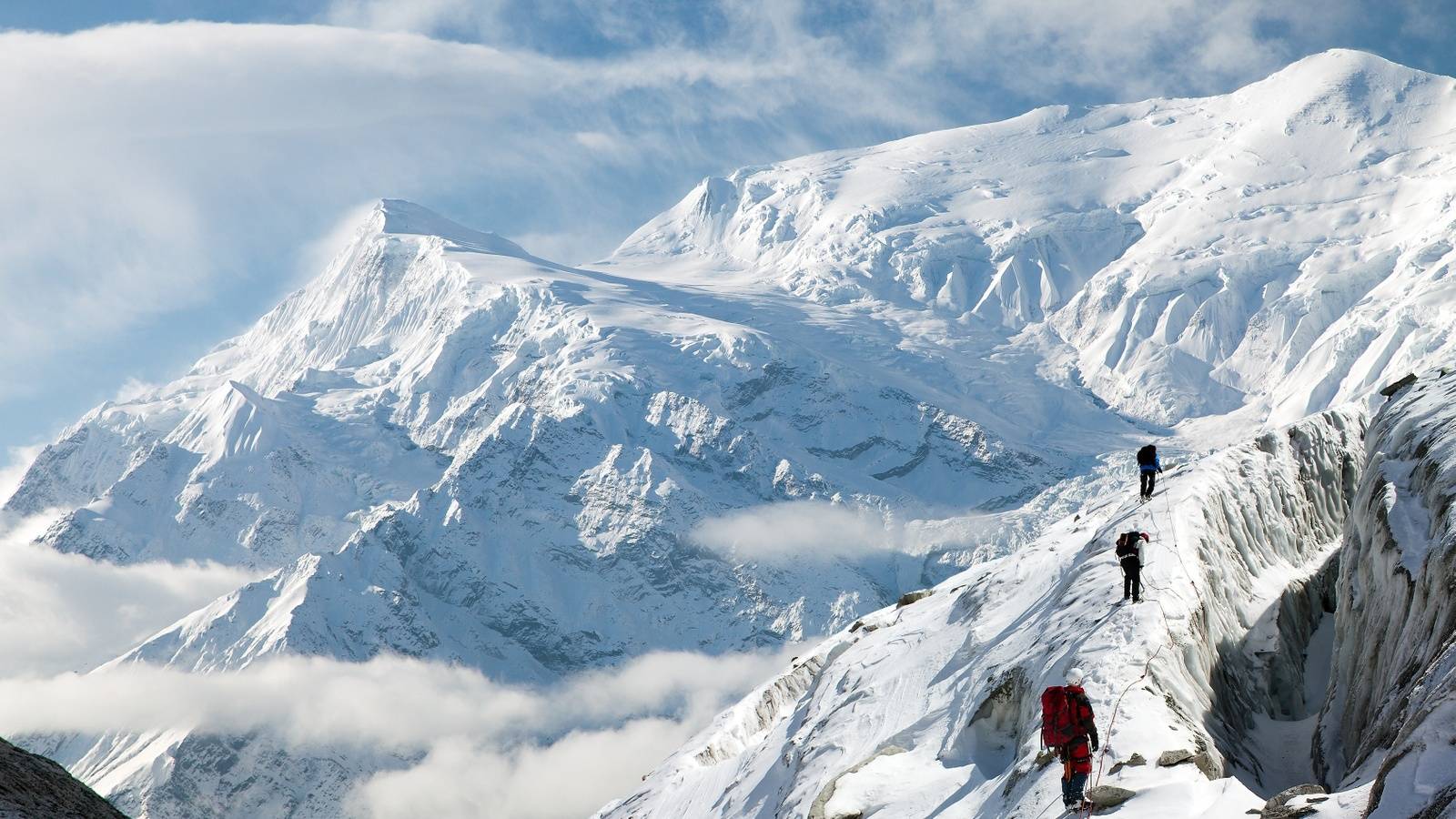Save the BBQs for the sunny days and don’t wear shorts in the cold – even if you’re one of those people who normally wears shorts every day of the year and insists they’re not actually cold when they clearly, definitely are cold. We see you. Put on a pair of trousers. Nobody will think less of you.
But hiking in the cold is also different to hiking in the freezing cold. We’re talking about the times when the temperature drops sub-zero, and sometimes, when it’s a good 20 or 30 degrees Celsius lower than that. Think icicles, troublesome snot and frozen waterfalls – the days when all of those three things can actually amalgamate into one.
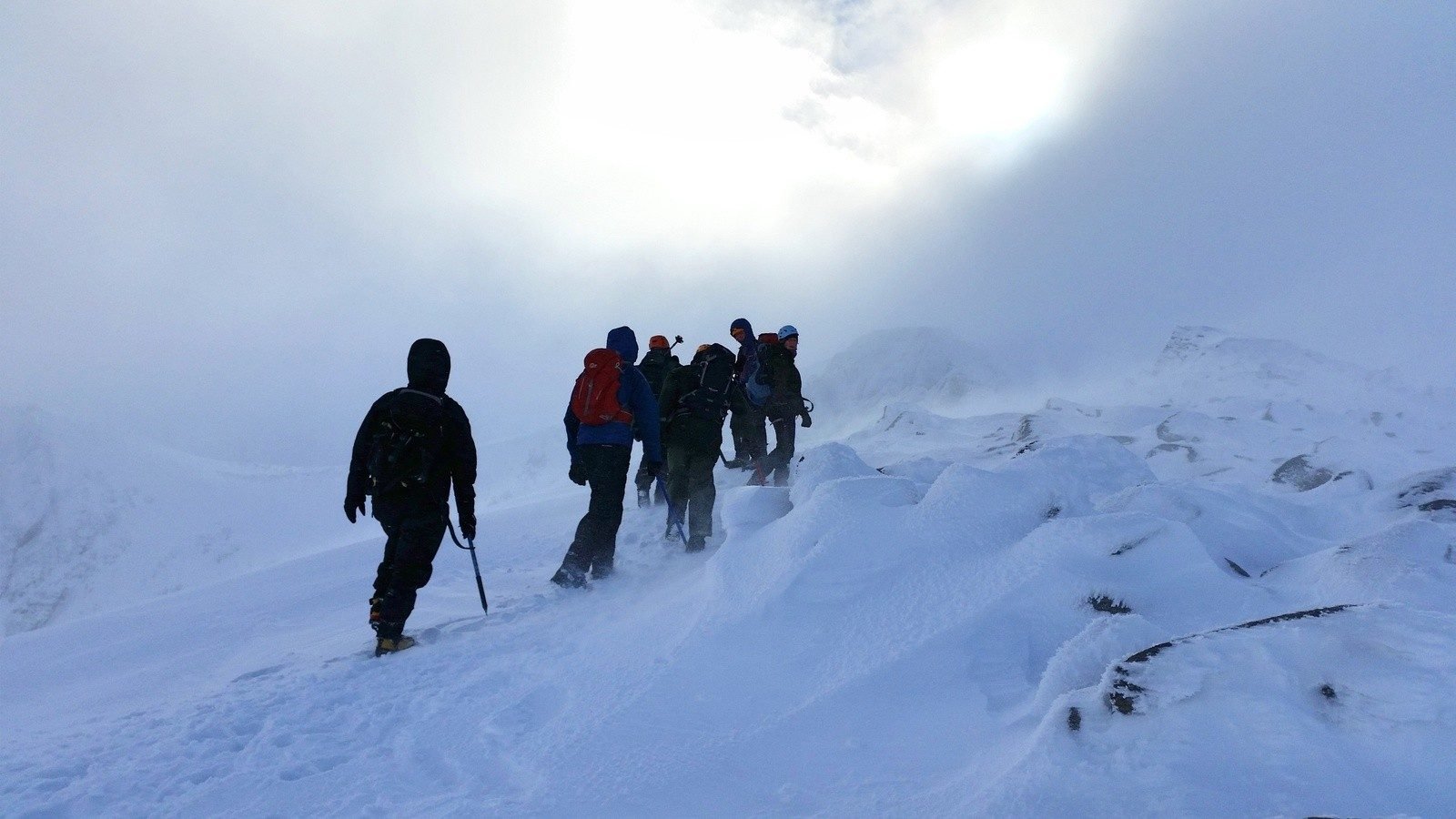
These are the hikes that you need to come properly prepared for, but that if you do right, you’ll remember for all the right reasons for the rest of your life.
These tips will not only serve you well for a hiking trip in the coldest of cold, but equally any sub-zero adventure that sees you exposed to the extreme cold or snow for sustained periods of time. So here we go…
1. Start Early
The sun sets earlier in winter, which means you should be rising earlier to get out on the trail. Winter trails are unpredictable. You might be able to whizz round a 15 mile loop when the sun is shining, but try the same path in the middle of winter, and especially when the weather gets particularly cold, you could find yourself faced with deep snow or a long stretch of icy trail that’ll take you an age to get through. Starting early basically just allows you a cushion of safety.
It means that if you do get slowed down by snow or ice, which is inevitable at some point in these conditions, there’s still no real rush to beat the darkness. The last thing you want is to be stuck out on the trail in the dark when it’s freezing cold and you’d planned to be back inside drinking a hot chocolate and watching the TV wearing your cape like a duvet. Set out early, make sure you keep your route realistic, and you’re well on your way.
2. Bring Hand Warmers
Remember hand warmers? They’re those little pocket-friendly things that make you all happy and warm, like your heart the first time you saw your true love, then slowly lose their warmth and get colder and colder, like your heart the ninth or tenth time you saw that person you once thought was your true love, until you have to ultimately chuck them in the bin?
Well, forgetting that heartbreaking metaphor, get some of those things for your winter hikes. They’re an easy way to keep your hands toasty. The best hand warmers fit right into your gloves and will give you about 10 hours of warmth. You can also get reusable ones too now, which is great for cutting down on your waste and saving a bit of cash in the long term.
3. Wear a Buff
This will be extremely obvious to some, and less so to other, but a good Buff, particularly one made with winter in mind, and which is a little bit more fleecy than just thin fabric, is invaluable in winter. They’re easy to take on and off or stick in a pocket if you get too warm, so you don’t have to mess about with a normal scarf. The thin fabric helps to protect your chin and nose from getting freezing cold without allowing you to overheat, and it can warm you up super fast if you’re already cold. It’s not bulky at all, so you can zip up over it no problem as well. All good. Bring a Buff. Reap the benefits. Let your little nose be happy.
4. Wear Sun Lotion
It’s hot, I should put on sunscreen! This is a clever statement. It’s cold, I don’t need to put on sunscreen! This is not a clever statement.
All you need to do is google the words “goggle tan” to remind you that even when it’s cold, and even when there’s snow all around you, you can still get one hell of a sunburn. It can actually be more important to wear sunscreen in winter, because the snow and white environment reflects UV radiation from the sky, similar to with water, so UV exposure is even higher. Up to 80% of UV radiation can get through clouds, so stick it on even if it’s cloudy.
5. Stock Up on Calories
You use up a lot more energy hiking in winter than you do in summer, put simply, because it’s a lot more effort, and you’re probably wearing and carrying more than you normally do.
All in all, you need a couple thousand extra calories, so yes, we are indeed giving you permission to eat a bunch of food and telling you that it will be good for you. Don’t rely strictly on carbs though or you may have a sugar crash – what you’re doing there is boosting your blood sugar, then using it up quickly, then repeating. Eating a lot of fat with your carbs before hiking and while on the trail is the best way to fix this. Think stuff with peanut butter in it, cheese, nuts or fruit. How often does someone tell you to eat more cheese? Not very often, right? Well, you’re welcome. We’re here for you. Being a mate. Recommending cheese.
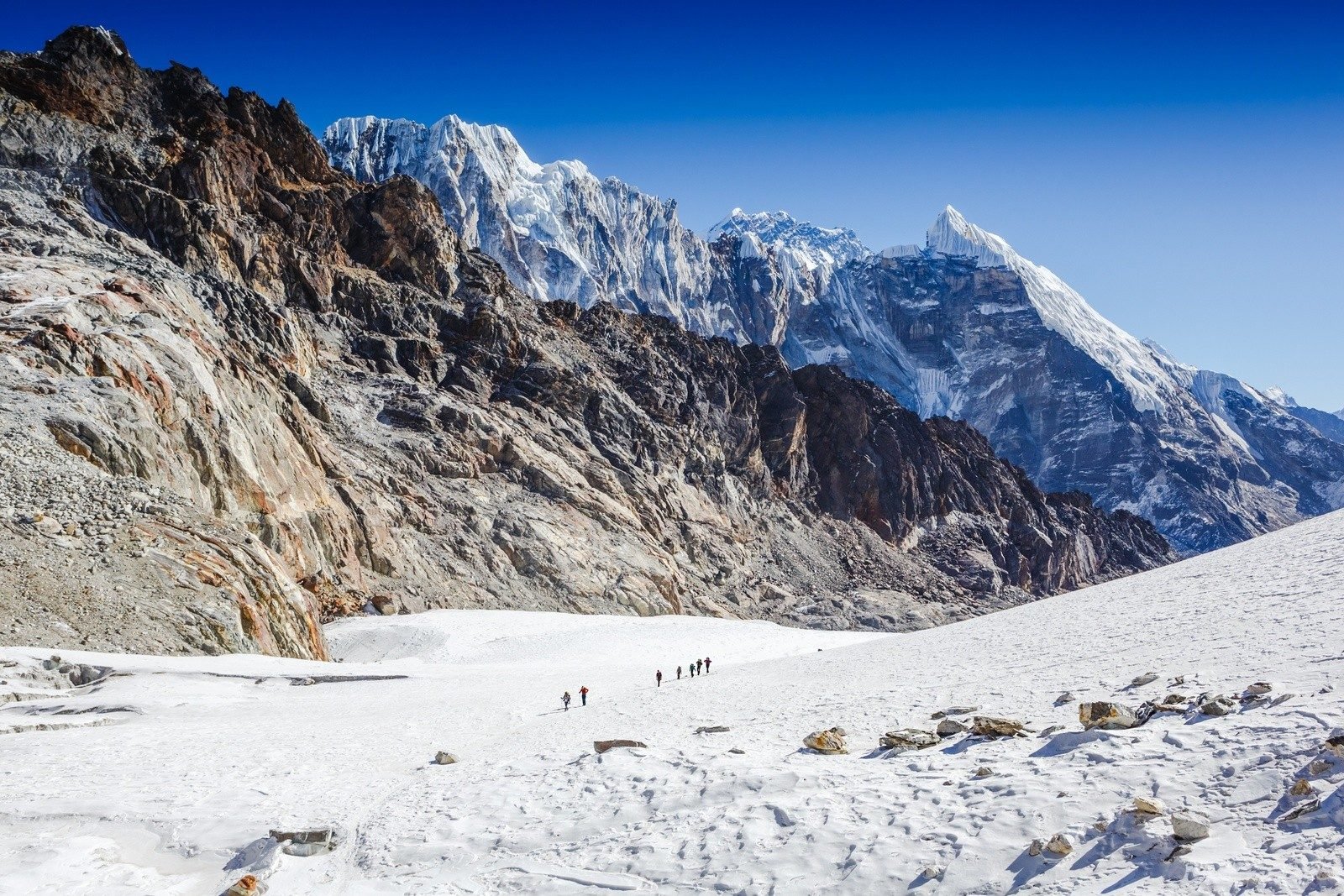
6. Don’t Let Your Water Freeze
Brandon Flowers once asked “are we human, or are we dancer?”. Well, we’re here to confirm with a strong degree of confidence that the answer is human, because if you’re not a human, you wouldn’t be reading this article – and besides, “are we dancer” is a very grammatically frustrating phrase. And as humans, about 60 % of our bodies are water, and we’ve got to make sure we drink water every day so we don’t get dehydrated, or bad things will happen. While drinking chilled water during a hike when it’s -30 degrees Celsius may not be the most appealing thought, it is still essential, given that as we have established, we are in fact all human.
Drinking water on winter hikes is one of those things you don’t realise you want to do until you’re doing it. The only problem is that in those temperatures, the water can freeze in the flask. Make sure you’ve got a good flask, and put a warm sock around it if you want to be extra sure.
7. Wear Layers
Okay, a show of hands: who here, in this room, right now, has seen Shrek? Come on. Put your hand up. Do it. Even if it’s only you in the room. We all know you’ve seen Shrek. So put your hand in the air, right now, and say it with me: “Layers. hi-kers have layers”.
That’s the quote right? Anyway, layering, as well as, obviously, having the right gear, is extremely important when you’re hiking in freezing temperatures. You want to have the base layer, the mid layer, the fleece, the waterproof. You’re looking to stay warm and dry at all times, so avoid cotton because if it gets wet, it’s not going to provide much insulation. Hiking in layers not only helps you cut down on your sweating but helps you alter your heat and clothing depending on whether you’re inside, outside, on the move or stationary.
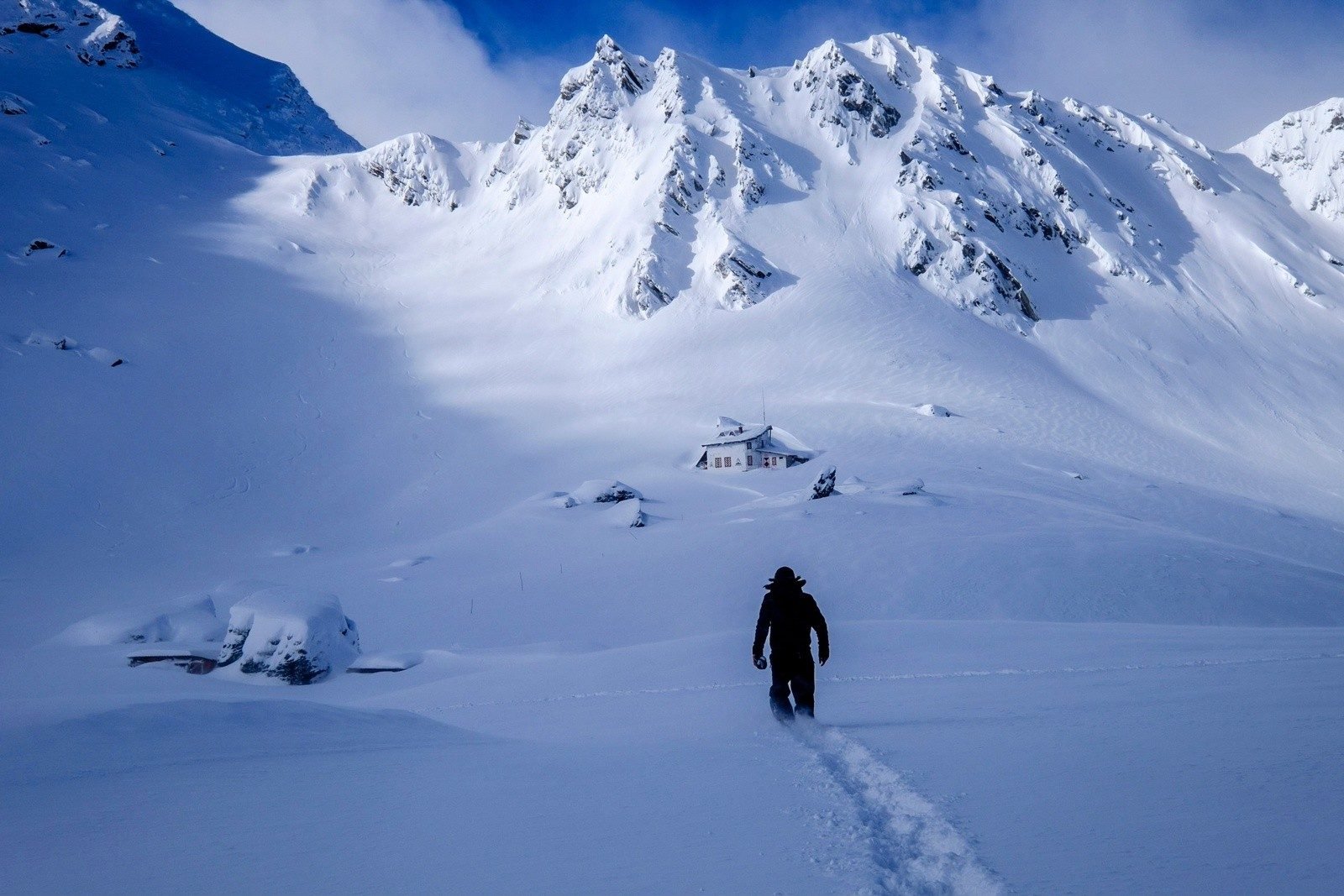
8. Look at the Weather Reports
The more you know about the conditions you’re going to be hiking in, the safer you’ll be. Even if the conditions aren’t severe – say it’s completely clear, but there’s a small wind that’s going to come in five or six hours, that’s good to know. Try and beat the wind or come prepared for it. Know what you’re up against, and know how to beat it or avoid it if need be.
9. Practise With Crampons
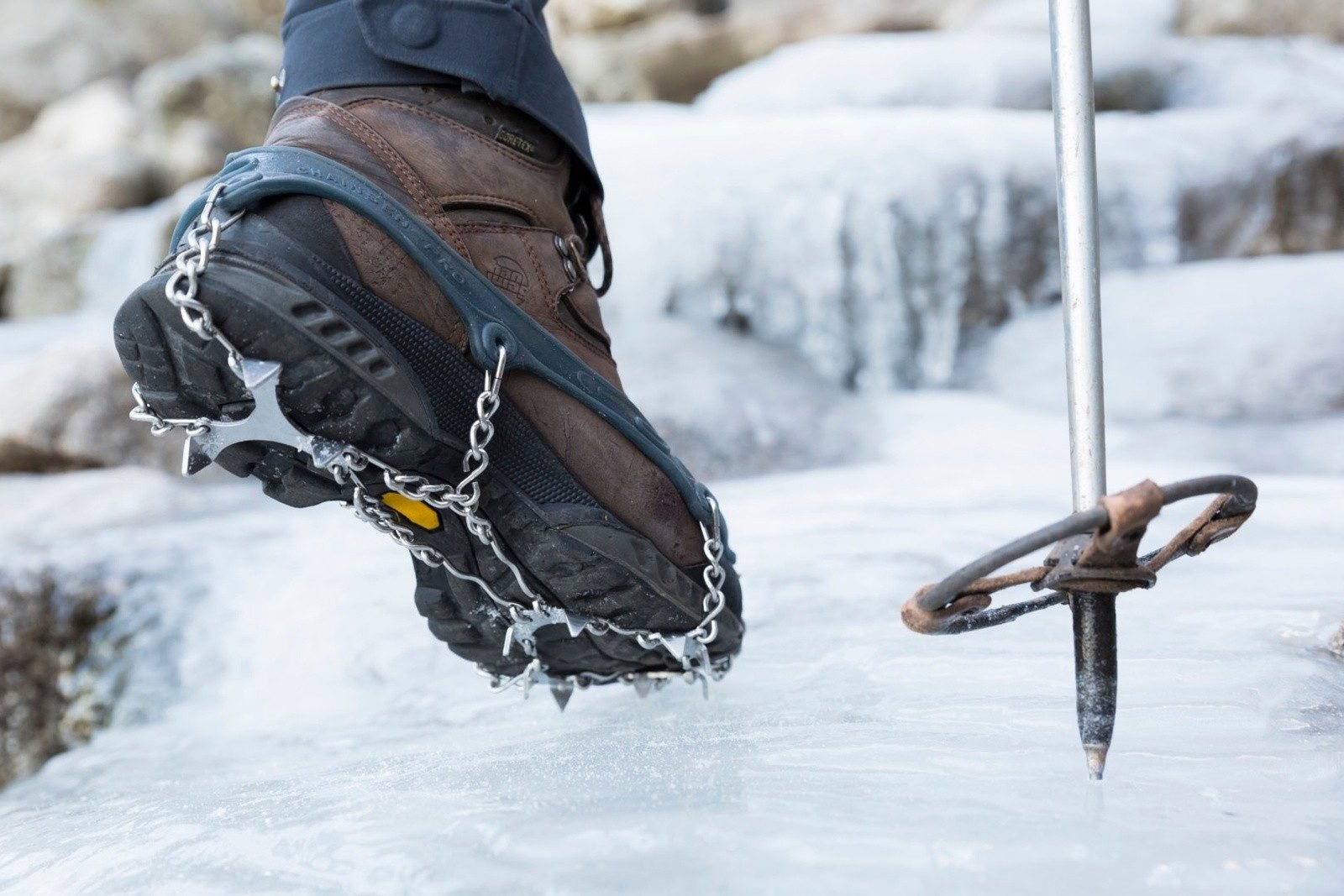
If things are going to get firm and icy then you’re going to want to wear crampons on your hike, but a tough hike where you need to keep a fast pace probably isn’t the right time to first learn how to use and wear crampons, so practise on easier trails in simple conditions so you can get the right method and learn how to properly use crampons without injuring yourself.
10. Go with a guide!
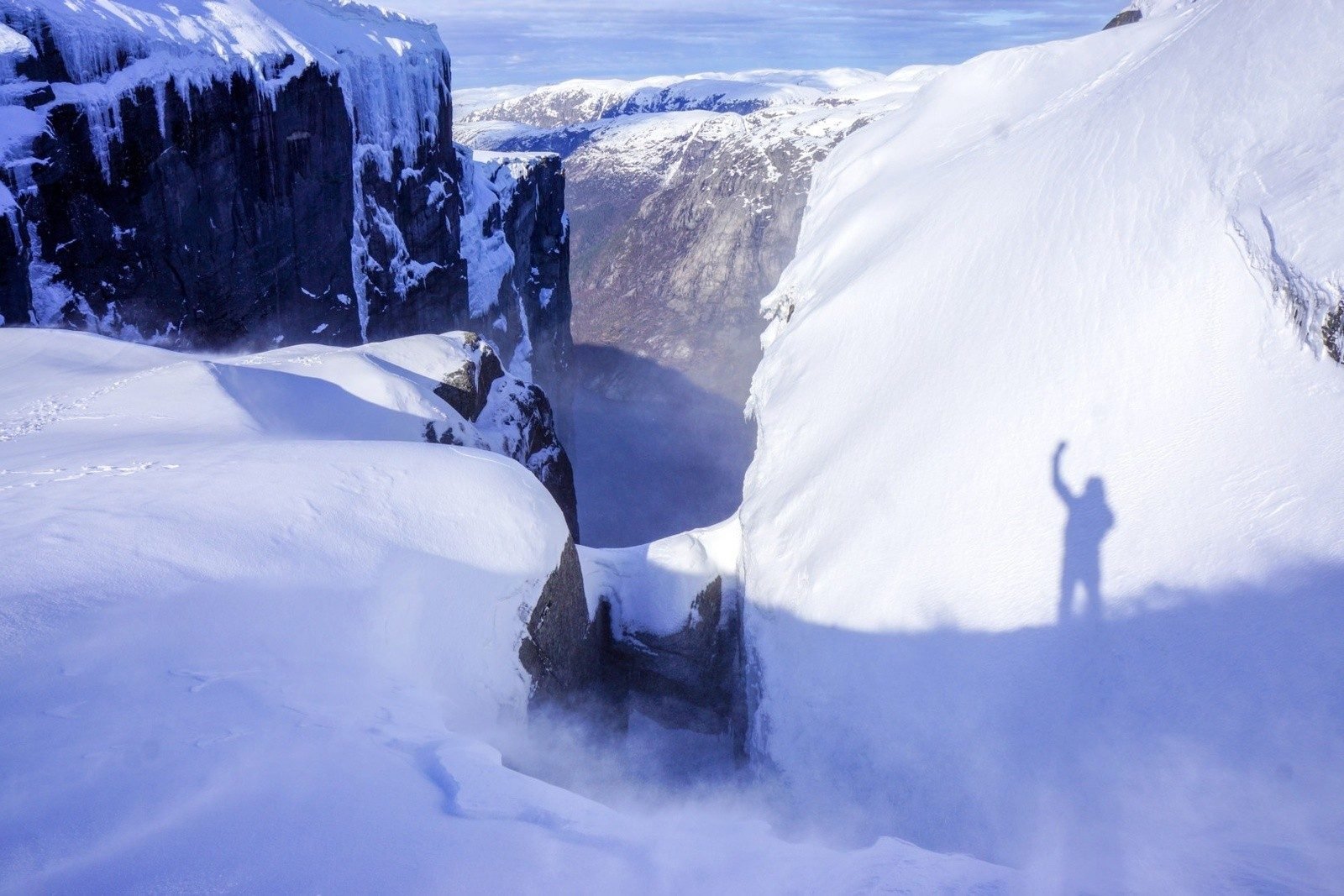
Finally, the best way to keep yourself safe and right on a hike in freezing temperatures is, of course, to have someone with you who is an expert, and who knows exactly what they’re doing, what you should be doing, and who can teach or remind you about them as you go along.
You’ll quickly learn the demands, and the wonders, of hiking in freezing temperatures, and there’s a good chance you’ll fall in love with hiking in winter wonderlands, past frozen rivers and waterfalls, spotting stunning wildlife out in the picturesque snow. The best way to get started though is with someone who can keep you right – and there’s no substitute for a trained, professional outdoor guide. The added bonus of this is that guides in these kinds of environments tend to have some stories to tell – even if you have to coax them out of them!
So now that you know, why not apply your new found knowledge on one of our trekking adventures, with only the best local guides and hosts.

